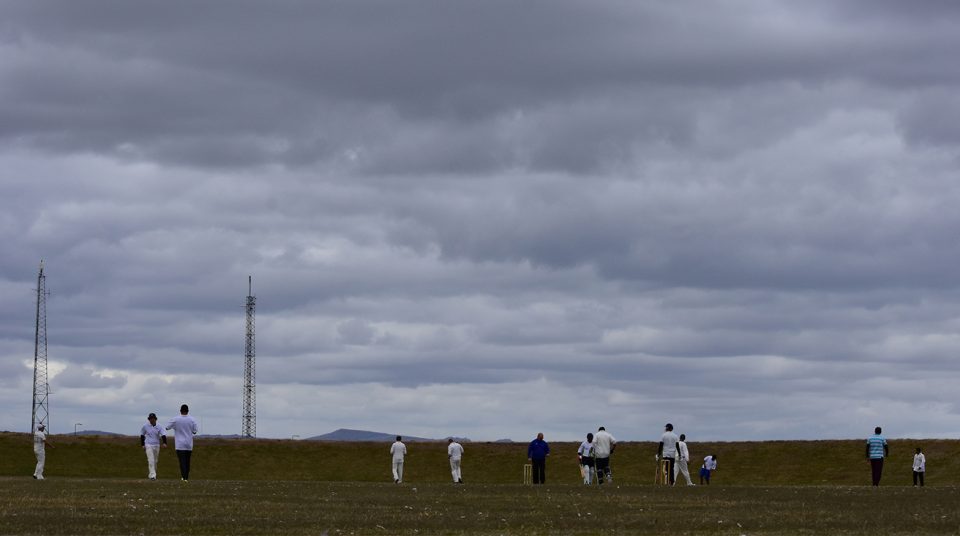
The Falkland Islands experience a cool maritime climate with relatively small temperature variations and consistent wind throughout the year. We are in the southern hemisphere, with inverted seasons compared to the northern side of the planet.
Mean high temperatures in summer are around 15°C, but they can go as high as 28°C. January is the hottest month.
Mean low temperatures in winter are around 0.5°C and can dip as low as -7.8°C. July is the coldest month.
Sun
The Falklands are the same latitude south as London is north, so periods of daylight and night throughout the seasons are much the same, which is sometimes limited by cloud cover. There is a hole in the ozone layer above the Falkland Islands, so it is advisable to wear sunscreen when spending long periods outdoors, even when it’s overcast, due to the increased risk of exposure to UV rays.
Snow
Snow tends to fall in winter but rarely settles for longer than a few days. There can often be frost or ice on winter mornings, but it generally thaws during the day.
Wind & rainfall
Due to its geographical location and the lack of trees, the Islands are often windy, making it feel colder.
Average wind speeds are around 16 knots (8m/s) in spring and summer, with around 14 knots (7m/s) in winter. Gales can be experienced regularly.
The total annual rainfall is only about 563.2mm (22 inches).